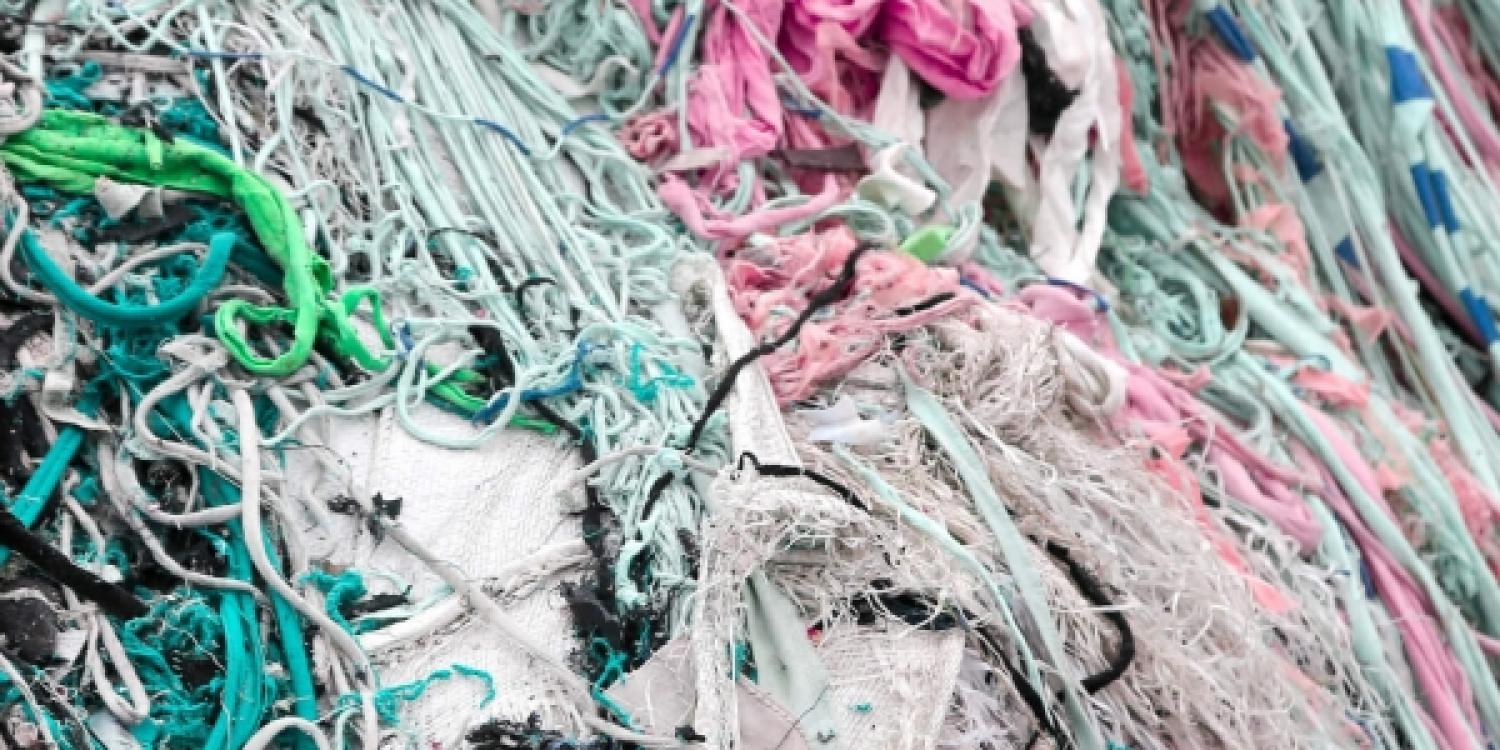Manufacturing oil-absorbent rugs from used textiles

Information
Textile company's textbook circular economy case
- Textile company looks for ways to cut waste and develop new products
- A solid test case for circular economic thinking, diverting waste from landfill
The textile industry alone produces around 20 million kilogrammes of textile waste annually. Of total municipal waste in Finland, textile waste represents 5-8 %.
A Finnish company Dafecor Oy produces non-woven products for industry, building, and construction, gardening, and upholstery from recovered textiles. They collect used rags mainly in Jyväskylä, a town in the middle of Finland, and turn them into oil-absorbing rugs. Their other products include floor protection carpets and wiping cloths for handling and preventing spills of hazardous liquids, building materials, felting, and wadding for upholsterers. Dafecor produces ca 200 tonnes of recycled products in Jyväskylä.
Their main raw material is textile waste from households and the clothing industry. In their process, the raw material is first shredded, then sorted into different fibre types, to produce fibre mats with different properties.
The company is an example of a successful circular economy-based business model. There are still not many companies utilising textile waste at an industrial scale in Finland. The growing interest in the circular economy and resource efficiency has brought the company new growth potential. The key to unlocking this potential is constant product development: finding new ways to cost-efficiently use the available raw materials for different products. They have found uses for raw materials that very few other companies can utilise, giving them a competitive advantage.
Key benefits
- Using domestic and industrial waste as their main raw materials means low raw material costs
- All recycled textile material is prevented from ending up in landfills
- The greenhouse gas emissions per tonne are over 2 000 CO2-equivalent, smaller than the emissions of corresponding products made of polypropylene
- With 200 tonnes of recycled products yearly this means 400 tonnes fewer greenhouse gas emissions
Dafecor, http://www.dafecor.fi/yritys
Dafecor production process, http://www.dafecor.fi/tuotantoprosessi
Textile waste is profitable business in Middle Europe, news article by Uusiouutiset (2016), https://www.uusiouutiset.fi/tekstiilikierratys-on-keski-euroopassa-kannattavaa-bisnesta/
Ca 55 million kg of textile waste is produced in Finland annually, news article by Aamuset (2016), https://www.aamuset.fi/teemat/1613752958/Suomessa+syntyy+noin+55+miljoonaa+kiloa+tekstiilijatetta+vuodessa
Korhonen & Dahlbo (2007), Reducing Greenhouse Gas Emissions by Recycling Plastics and Textiles into Products, Finnish Environment Institute, https://helda.helsinki.fi/bitstream/handle/10138/38425/FE_30_2007.pdf?sequence=3